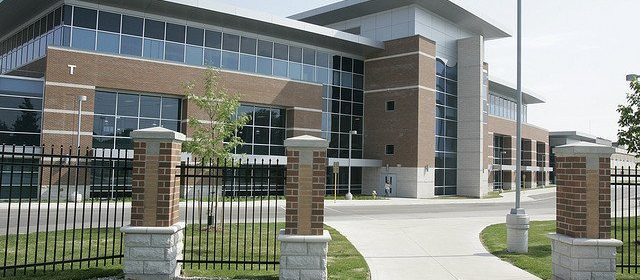London, Ont., researchers develop faster, cheaper method to test possible COVID-19 drug treatments

A team at Fanshawe College’s Centre for Research and Innovation in London, Ont., says it’s developed a “safe, rapid and inexpensive method to identify the effectiveness of potential COVID-19 drug treatments.”
The team is hoping that the development will allow pharmaceutical companies to rapidly screen a bunch of potential drug treatments for COVID-19, speeding up the process of approving new treatments.
Principal investigator Abdulla Mahboob’s team has developed a special kind of artificial copy of the SARS-CoV-2 virus, which causes COVID-19, that researchers can use to rapidly test treatments without having to use expensive materials in a high level laboratory.
A non-infectious copy is called a replicon and they’ve been used with many viruses before. Through replicons, which have all of the non-structural genes of the virus but are missing the genes that make it infectious, researchers can safely test treatments using the luminescence gene from a firefly.
“Basically, the more the virus copies itself, the more there is a luminescent signal inside the cell,” Mahboob explained.
“The luminescence becomes directly related to how much does the virus replicate. Imagine you have a treatment, all you do is put that treatment in and compare against the experiments without a treatment. And you can see if your treatment is working by having less and less luminescence.”
He added that because researchers are not generating the virus itself, they don’t need to use an expensive biosafety level-2 laboratory.
[ Sign up for our Health IQ newsletter for the latest coronavirus updates ]
“Most biotechnology labs around the world can easily do these experiments safely and with very inexpensive material.”
While replicons themselves aren’t new, Mahboob says his team has actually designed a SARS-CoV-2 replicon from scratch “in a way that allows us to introduce mutations very easily.”
“As the pandemic has been going on and new treatments like remdesivir have been applied what we have noticed is that there is now resistance against the treatments. This is the same way as, say, a bacteria developing resistance against antibiotics,” Mahboob explained.
“What we can do is we can create these resistant forms, we can create these mutated forms and test on them as well. We can do so in a matter of a couple of days, basically. So it takes a couple of days from hearing about the new mutation and within a couple of days we have already generated that mutation in a way that is safe to test new treatments on.”
Already, the team has generated two mutations to test treatments on: one associated with a higher death rate and another resistant to remdesivir.
Mahboob says the team is looking to work with a commercial partner “who can actively participate in this venture to take our proof-of-concept success from our small college lab to large-scale application.” He says they’ve received a mixed response from companies they’ve reached out to so far, though some have expressed interest, but they first want to make sure that it’s “packaged.”
“We would like to provide this as a sort of a packaged material that a company can just take out of the box and start working with right away. That’s what we’re aiming for. And then we’ll hope to market it.”
The development actually resulted from work on a separate project Mahboob’s team is involved in with the National Institutes of Health in the United States that is working to validate a peptide-inhibitor treatment option for COVID-19.
“(The peptide inhibitor) can stick on to a much bigger part of the virus. So what we were hoping for is to demonstrate with this replicon that our peptide inhibitors are very effective against the resistant forms of the virus, the forms that are resistant against remdesivir. And so that’s what led us to actually develop this replicon in the first place.”
Source: Read Full Article